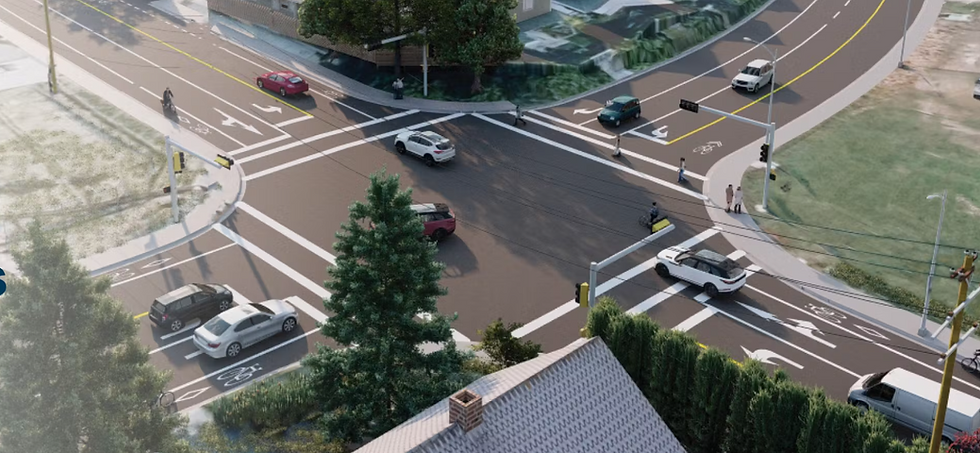SLNA Meets with City Over Water Quality
- thomasjamesgroat
- Aug 1, 2024
- 2 min read

Yesterday the Shannon Lake Neighbourhood Association was invited to meet with West Kelowna city staff at the Rose Valley Treatment Plant. The purpose of the meeting was to clarify the current state of water quality and get answers to residents' questions.
City staff in attendance included Allen Fillion, Director of Engineering; Kyle Arsenault, RVWTP Foreman; and Sean Lefevbre, plant supervisor.
What is the brown discolouration?
The brown discolouration in our water is due to high manganese dioxide (MnO2) in the water. When chlorine, a strong oxidizer, is introduced during the post filtration stage the dissolved manganese creates brownish particles of manganese dioxide (MnO2). The level of discolouration (light to dark brown) depends on how long the manganese has been in the lines with chlorine. Because of the different flow rates throughout our system (irrigation, agriculture) and different usage patterns, it will precipitate at different levels throughout the system.
Is there a health concern?
According to the test results, the manganese levels are below the maximum allowable concentration (MAC) for health concerns. (See CARO Testing Report for July 26th, 2024, below.) As observed by many residents, most household filters will take the precipitated manganese out.

Why doesn't the treatment plant take out the manganese?
Dissolved manganese (before it precipitates) passes through the filtration stage and then it is introduced to chlorine. The chlorine causes it to precipitate as MnO2.
What is being done to eliminate the MnO2 (brown discolouration)?
In the short term, the city is working on a plan to oxidize the manganese before the filtration stage, allowing it to precipitate and be filtered before it is sent to us. They hope this will occur by the end of next week. In the long term, they're working on a plan to aerate the water in the reservoir to prevent the manganese problem from recurring.
Information: From “Manganese in Drinking Water” published by HealthLink BC






Comments